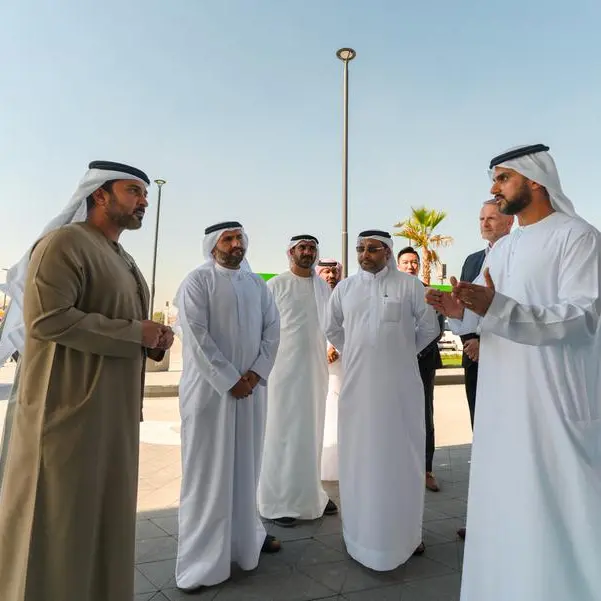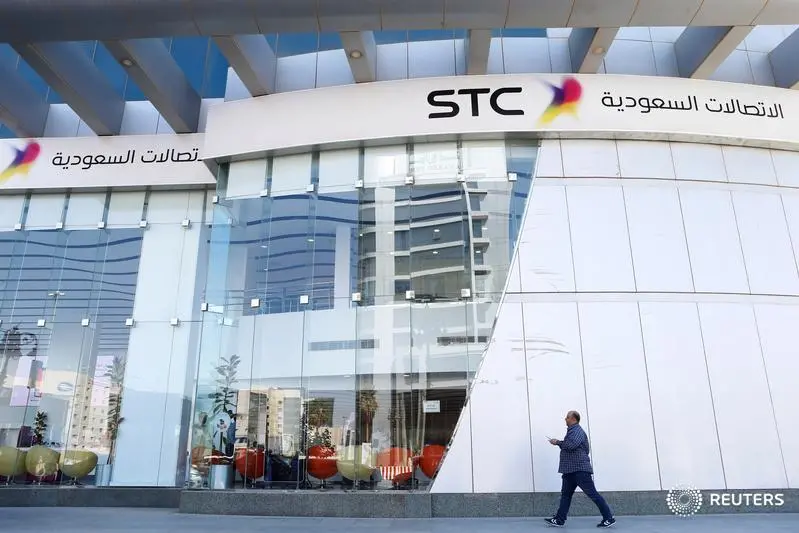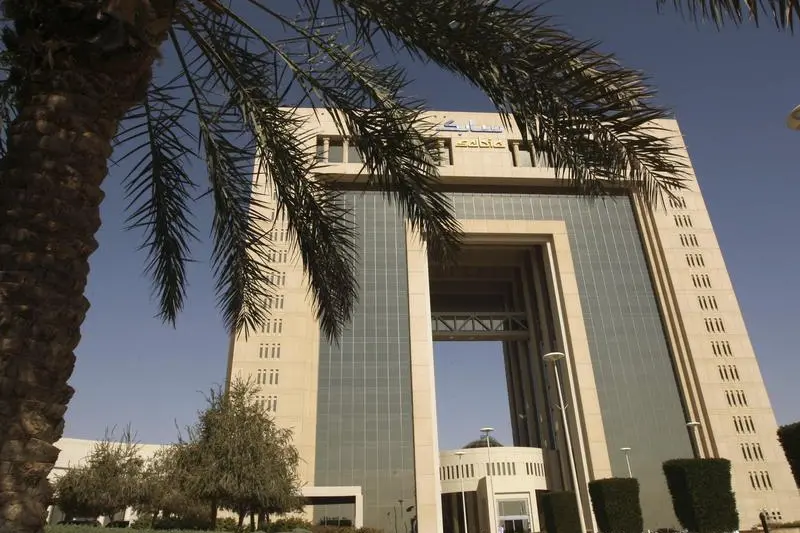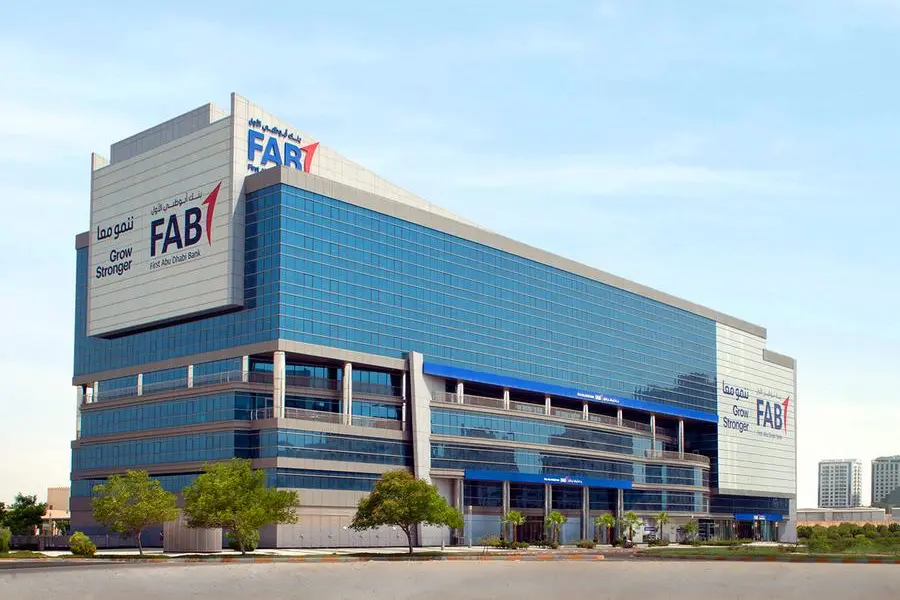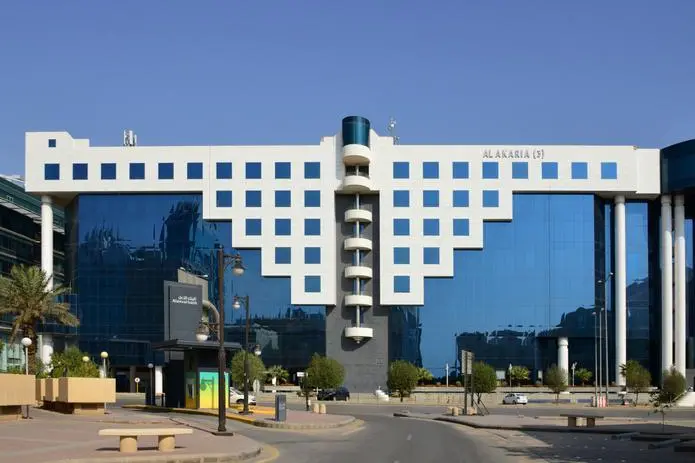PHOTO
Cambridge, Massachusetts – The Jameel Clinic, the epicentre of artificial intelligence (AI) and health at the Massachusetts Institute of Technology (MIT), announced today the release of Boltz-2 — a groundbreaking artificial intelligence model which will transform the speed and accuracy of drug discovery. The announcement was made together with the MIT Computer Science and Artificial Intelligence Laboratory (CSAIL) and the biotechnology company Recursion.
Boltz-2 breaks new ground by jointly modelling both structure and binding affinity, a critical parameter in small molecule drug discovery.
A big leap for small molecule drug discovery
Boltz-2 builds on the success of Boltz-1, a pioneering model first released in 2024 that can determine protein structures, by adding a powerful new ability: accurately predicting how strongly a drug molecule will bind to a target protein — a crucial factor in determining its effectiveness.
In doing so, Boltz-2 addresses one of the most complex challenges in early-stage drug development.
Boltz-2's affinity module was trained on millions of real lab measurements, showing how strongly different molecules bind to proteins.
Thanks to this, Boltz-2 can now predict binding strength with unprecedented accuracy across several benchmarks reflecting different stages of real-world drug discovery.
Boltz-2’s predictions come very close to those produced by full-physics free energy perturbation (a precise computer simulation that predicts how strongly a drug sticks to its target, but that can take up to a day to run one test even on a GPU) – at over 1,000 times the speed. It is the first deep learning model to deliver that level of precision.
Saro Passaro, researcher at the MIT Jameel Clinic and co-lead of the Botlz-2 project, said: “This release is especially significant for small molecule drug discovery, where progress has lagged behind the rapid gains seen in biologics and protein engineering.
“While models like AlphaFold and Boltz-1 allowed a significant leap in the computational design of antibodies and protein-based therapeutics, we have not seen a similar improvement in our ability to screen small molecules, which make up the majority of drugs in the global pipeline.
“Boltz-2 directly addresses this gap by providing accurate binding affinity predictions that can dramatically reduce the cost and time of early-stage screening.”
Gabriele Corso, PhD student at MIT CSAIL and one of the lead researchers behind Boltz-1 and Boltz-2, said: “This performance increase makes Boltz-2 not just a research tool, but a practical engine for real-world drug development.
“Instead of spending hours simulating the interaction between a single molecule and its target, scientists can now screen vast chemical libraries within the same time frame, enabling early-stage teams to prioritise only the most promising compounds for lab testing.”
Open-source and optimised for medical research
The Boltz-2 model also introduces a new feature, Boltz-Steering, which refines molecular structure predictions and make them more realistic.
This allows researchers to guide the model using experimental data, example structures, or design goals — giving them greater control and customisability in their search for new treatments.
Boltz-2 will be released as a fully open-source model under the MIT licence, including the code, weights and training data, enabling researchers around the world to freely access and build upon its capabilities.
A breakthrough for the MIT Jameel Clinic and CSAIL
The model represents a major milestone in an ambitious research programme launched in early 2023 by the MIT Jameel Clinic and CSAIL.
The team set out to develop a machine learning system that could not only predict the 3D shape of proteins — like AlphaFold — but also understand how and why molecules interact, as well as how likely they are to bind to each other.
This deeper understanding is essential for designing effective new therapies, particularly for diseases caused by molecular dysfunction.
Boltz-1, released in 2024, was the first result of that effort. Created as a fast, accessible alternative to AlphaFold3, Boltz-1 quickly became the most widely adopted open-source tool of its kind, used by thousands of scientists across academia, biotech startups, and pharmaceutical companies.
It demonstrated that open and interpretable models could rival the best in the field.
Now, with Boltz-2, the MIT team is taking the next step — targeting small molecule drug discovery, an area that has historically lagged behind biologics and protein engineering in terms of computational tools.
Boltz-2 is the latest milestone in MIT Jameel Clinic’s growing portfolio of open-source tools for health, developed at the intersection of AI and medicine — and part of a broader mission by the Jameel Clinic to make cutting-edge technology accessible for solving the world’s most pressing health challenges.
The team includes MIT Jameel Clinic AI faculty lead Professor Regina Barzilay; MIT CSAIL principal investigator Professor Tommi Jaakkola; PhD students Gabriele Corso and Jeremy Wohlwend; MIT Jameel Clinic researcher Saro Passaro; as well as additional collaborators from Recursion.
About Jameel Clinic:
The Jameel Clinic is the epicentre of artificial intelligence (AI) and healthcare at MIT. It works to develop AI technologies that will change the landscape of healthcare. This includes early diagnostics, drug discovery, care personalisation and management. Building on MIT’s pioneering history in artificial intelligence and life sciences, the Jameel Clinic works on novel algorithms suitable for modelling biological and clinical data across a range of modalities including imaging, text and genomics. While achieving this goal, the team strives to make new discoveries in machine learning, biology, chemistry and clinical sciences. The Jameel Clinic was co-founded in 2018 by MIT and Community Jameel, the independent, global organisation advancing science to help communities thrive in a rapidly changing world.
About Community Jameel:
Community Jameel advances science and learning for communities to thrive. An independent, global organisation, Community Jameel was launched in 2003 to continue the tradition of philanthropy and community service established by the Jameel family of Saudi Arabia in 1945. Community Jameel supports scientists, humanitarians, technologists and creatives to understand and address pressing human challenges in areas such as climate change, health and education.
The work enabled and supported by Community Jameel has led to significant breakthroughs and achievements, including the MIT Jameel Clinic’s discovery of the new antibiotics Halicin and Abaucin, critical modelling of the spread of COVID-19 conducted by the Jameel Institute at Imperial College London, and a Nobel Prize-winning experimental approach to alleviating global poverty developed by the co- founders of the Abdul Latif Jameel Poverty Action Lab at MIT.
communityjameel.org



